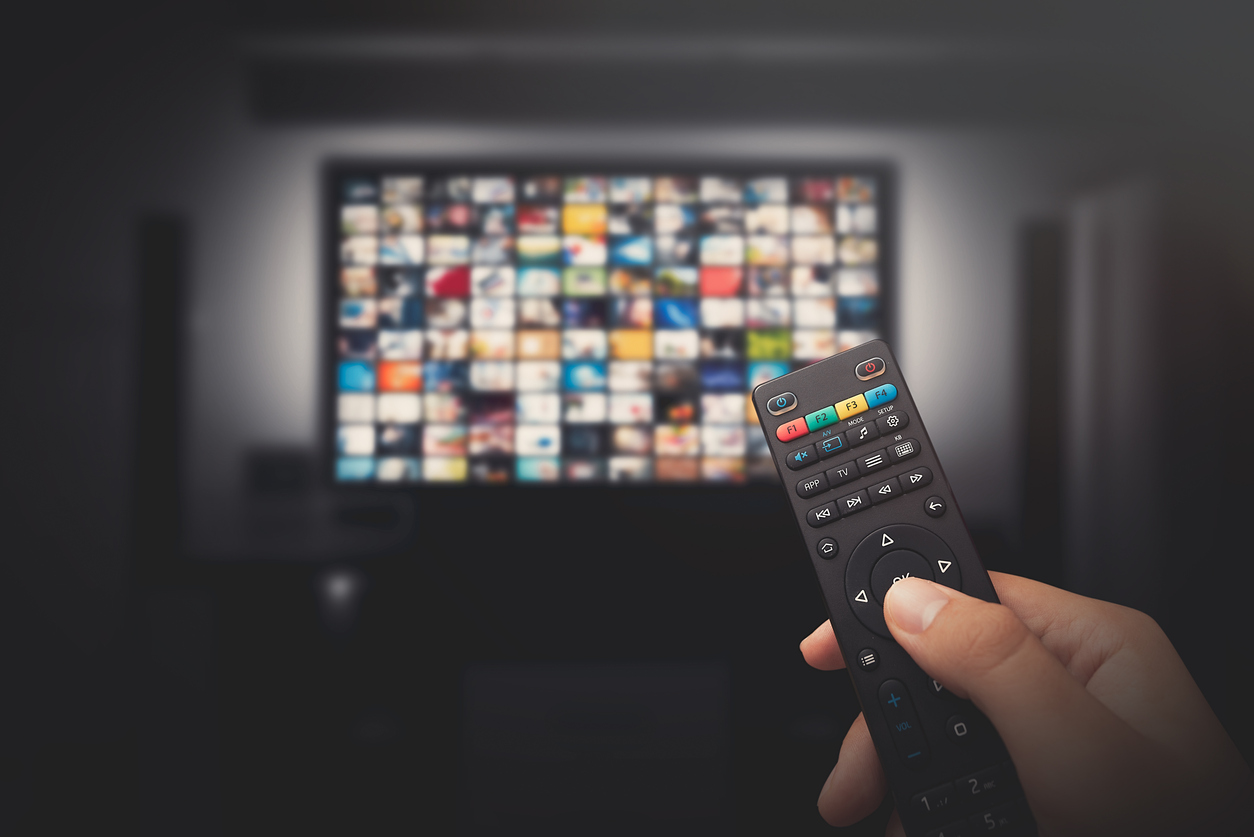Sounding Off: Cable TV news outlets need to be more honest about their products


As managing editor of this paper, I’m obviously biased toward The Daily Campus; however, I like to think that I’m reasonable enough to know where our flaws are. With that caveat out of the way, I’m proud to say that the one thing I think that the DC does very well is making it very clear what our news content is and what our opinion content is.
If you’re reading this in print, I can promise you that all news stories will either have the word “news” in an upper corner of the page you’re reading, or will be on our front page, where we only publish news stories. If you’re reading an opinion piece, the same is true. Online, everything’s labeled and categorized as well.
Unfortunately, when it comes to some cable television channels that bill themselves as news outlets, the distinction is not as apparent.

Three such stations are Fox News, CNN and MSNBC — each of these channels had over 85 million households subscribed in 2017, according to a chart compiled by Variety.
When it comes to the first thing a viewer sees related to a channel: name, both Fox News and CNN feature the word “news” in the name of their channels. This name does not change or modify when opinion content is on, and both channels feature daily opinion shows throughout nighttime programming. As one watches “Tucker Carlson Tonight,” “Anderson Cooper 360” or any of the other myriad shows, channel logos are prominently displayed, implying that what the viewer is watching is indeed news. MSNBC does not have a disingenuous name, but it blurs in the news/opinion line in the next category: how channels describe their own shows.
All three channels have relatively similar program schedules, which feature small blurbs about the content of each show. With CNN, their site makes little mention of analysis, opinion or commentary when describing their evening lineup. MSNBC’s only evening show blurb that mentions opinion is for “The Last Word with Lawrence O’Donnell.”
“In his signature style, Lawrence O’Donnell goes into depth on the latest news developments and offers his take on the political stories driving the national conversation,” the site reads.
There is a big difference between that and “Anderson Cooper takes you beyond the headlines with in-depth reporting and investigations” or “Chris Hayes reports on some of the biggest news and political stories of the day with a commitment to in-depth reporting that seeks to hold the nation’s leaders accountable for their actions.” Sure, there is certainly reporting in Cooper and Hayes’ shows, but there just isn’t any attempt to mention that opinion will also be featured.

Contrary to the other two, Fox News’ website is more honest about what its shows are. From 5 p.m. to 10 p.m., five different shows mention “analysis,” “commentary” or “take” in their descriptions: “The Five,” “Special Report with Bret Baier,” “Jesse Watters Primetime,” “Tucker Carlson Tonight” and “Hannity.”
While these three channels all have their pros and cons when it comes to transparency about where their opinion content is, the bottom line is that none of them present a truly clear dividing line in a way that many newspapers do. A consumer shouldn’t have to look up the description of a show to find out whether it’s news or opinion; they should be able to turn on the TV and know relatively easily what they are watching.
As a final note, this piece is in no means a condemnation of opinion content. That would make me a hypocrite, and if you look up in the corner I brought up before, you’ll see where in the paper this is. Analysis and commentary is incredibly valuable, and people have the right to broadcast their views to the masses. All I ask is that if the general public is told they are watching a news show, it should be a news show. By blurring the line, there is the immediate issue that some viewers will take a pundit’s opinion to be fact. That’s obviously not good, but even if they don’t just immediately assume it’s a straight news broadcast, the murky water creates a great deal of space for confusion, and with that the opportunity to manipulate that confusion.
Any channel that wants to be thought of as a respectable news outlet should be dedicated to clearing up all of that murk.



:no_upscale()/cloudfront-us-east-1.images.arcpublishing.com/dmn/3O64XIWTM5FNHH2XDY7VI6AOMQ.jpg)




